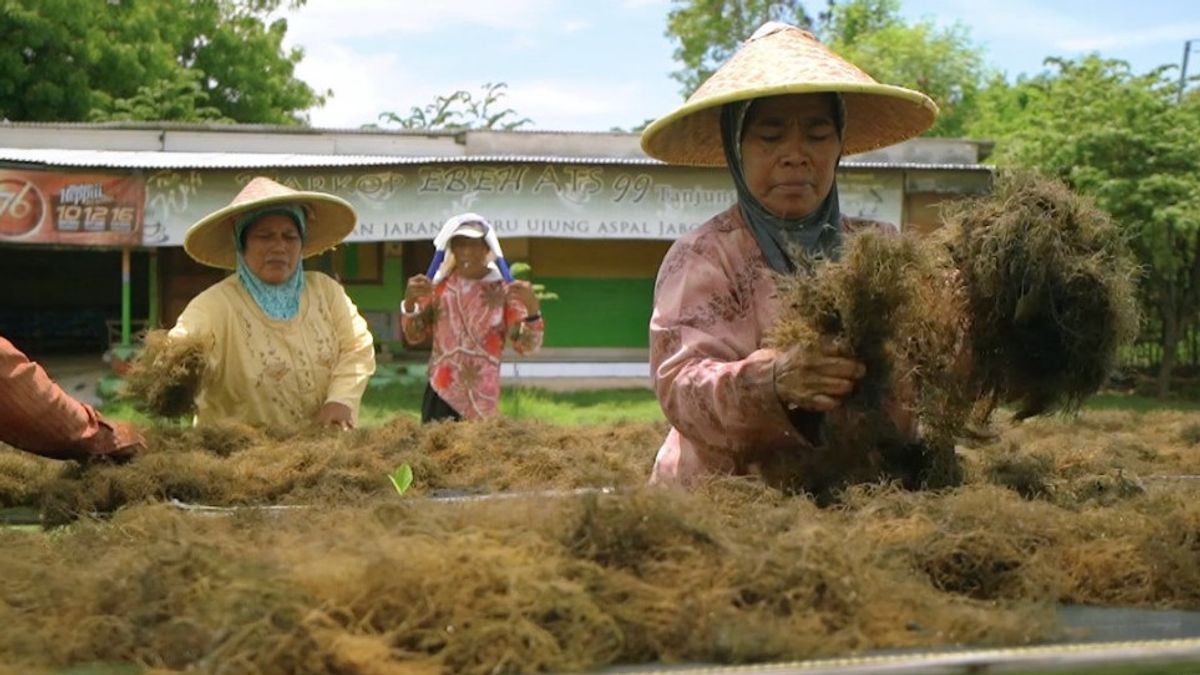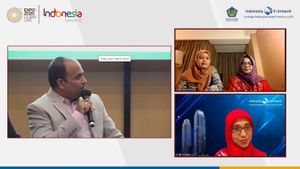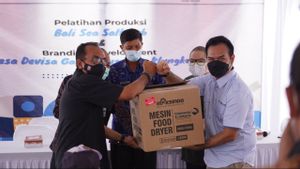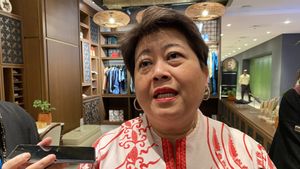JAKARTA - In the midst of the COVID-19 pandemic that is still engulfing the world, Indonesian seaweed exports began to record positive cumulative performance during the January-October 2021 period. This increase occurred due to increased demand from Indonesia's main trading partner, namely China.
This increase is expected to continue to strengthen along with increasing public awareness of a healthy lifestyle. Seaweed is one of the raw materials for processed foods and pharmaceuticals is predicted to still have high demand.
Based on the results of a study conducted by the IEB Institute (Indonesia Eximbank Institute) as a research unit of the Indonesian Export Financing Agency (LPEI), the export value of seaweed during the January-October 2021 period was recorded to have increased by 20.42 percent year-on-year (YoY) reaching 177 .99 million US dollars. The cumulative export value growth was also followed by growth in export volume by 11.68 percent year-on-year (YoY) to 159.59 thousand tons compared to the same period in 2020 of 142.90 thousand tons.
The Head of the LPEI IEB Institute Division, Rini Satriani said that although export performance in 2020 had experienced a decline, on the other hand, Indonesia was able to rank second as the largest seaweed exporter in the world with good competitiveness.
The type of Indonesian seaweed that is well known in the global market is Eucheuma Cottonii which has a share of 71.59 percent of the total exports of Indonesian seaweed products in 2020. This type of seaweed is used as a raw material for making carrageenan. Meanwhile, the type of seaweed Gracilaria sp is the second-largest seaweed export product with a portion of 11.89 percent which is used as raw material for making gelatin.
Indonesia's seaweed export destinations in 2020 are dominated by China with the largest portion (82.36 percent), followed by South Korea (5.25 percent), Chile (3.20 percent), Vietnam (2.09 percent), and France (1.97 percent).
SEE ALSO:
"South Sulawesi is the origin of Indonesia's largest seaweed exports with a contribution of around 47.95 percent of Indonesia's total seaweed exports, followed by East Java with a contribution of around 26.60 percent", said Rini.
Seeing the positive trend of export performance and extraordinary potential, Indonesia needs to optimize the production capacity of this seaweed commodity. Through the Consulting Services Program, LPEI launches the Foreign Exchange Village program based on community or community development for areas that have superior export-oriented products to develop the economic, social, and environmental potential for the welfare of their people.
Some time ago, LPEI/Indonesia Eximbank has just inaugurated a seaweed-producing Foreign Exchange Village located in Kupang Village, Sidoarjo, East Java.
The English, Chinese, Japanese, Arabic, and French versions are automatically generated by the AI. So there may still be inaccuracies in translating, please always see Indonesian as our main language. (system supported by DigitalSiber.id)
















